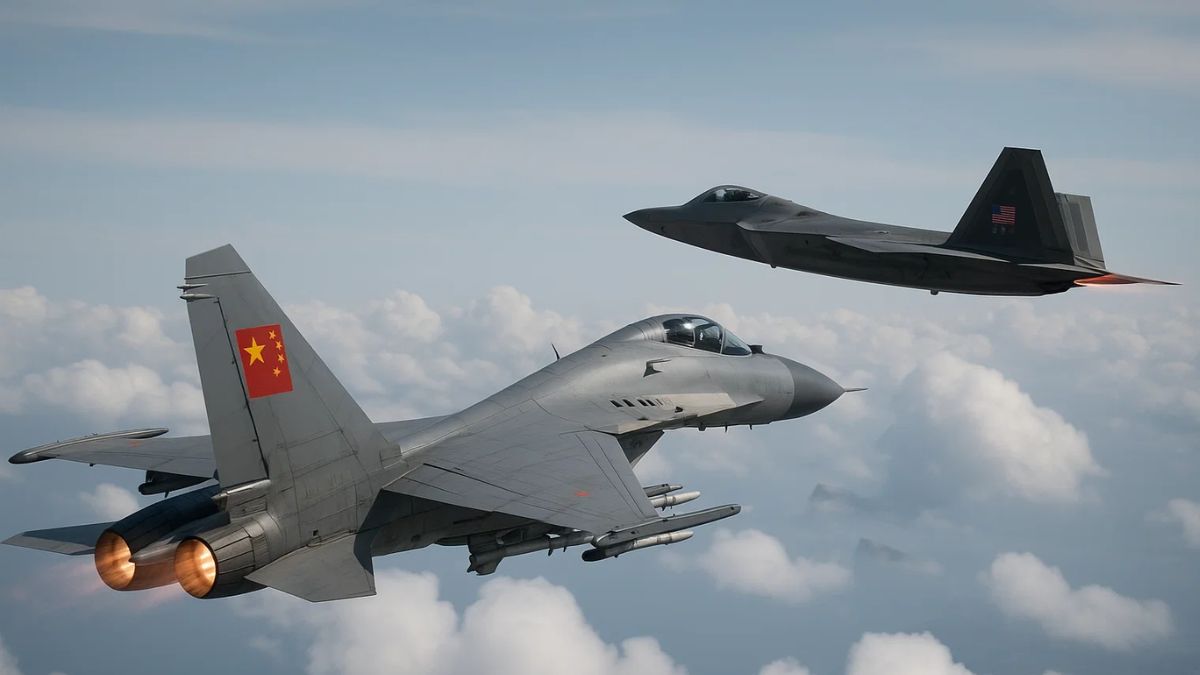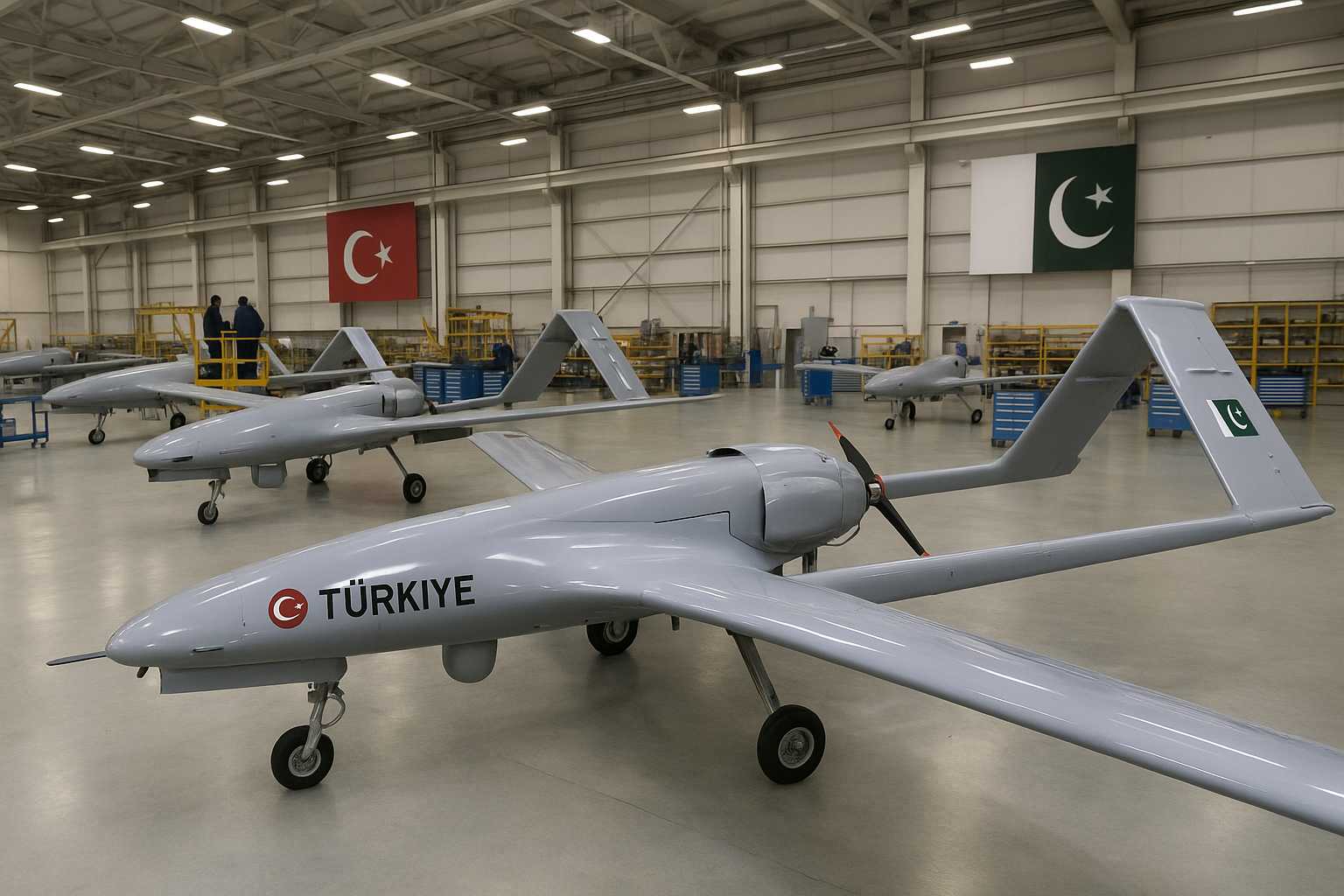China Claims It Drove Away Two US F-22 Stealth Jets, Showcasing Advanced Air Defence Capabilities

Image courtesy: AI-generated picture via Sora
China has claimed a major military milestone, announcing that it successfully forced away two United States Air Force F-22 Raptor stealth fighter jets from its Air Defence Identification Zone (ADIZ) during a close encounter last year.
The revelation, made public through a report by Chinese state broadcaster CCTV in October 2025, underscores Beijing’s growing air combat prowess and its challenge to US air dominance in the Asia-Pacific region.
According to the CCTV broadcast, Chinese People’s Liberation Army (PLA) pilot Li Chao, flying a J-16 multirole fighter jet, detected and intercepted two foreign aircraft believed to be F-22s near China’s coastal airspace.
The pilot reportedly pursued and “locked on” to the stealth fighters, prompting them to retreat. CCTV claimed that since the encounter, the foreign warplanes have not returned to the area.
Military analysts cited in the report, including Yue Gang, a former PLA colonel, assessed that the intercepted aircraft were most likely F-22 Raptors rather than F-35s, which are widely deployed by US allies such as Japan and South Korea.
The F-22, however, is exclusively operated by the United States Air Force. The proximity of the encounter placed the Chinese and American jets within visual range, an agitated situation given the high speed and advanced capabilities of both aircraft.
Yue Gang attributed the success of the interception to China’s integrated air combat system, which combines data from multiple sources, including satellites, early warning aircraft, and anti-stealth radar systems.
This networked approach allowed the J-16 pilot to detect and engage the stealth F-22s, overcoming their low observability. He emphasised that the Chinese system’s ability to coordinate across different detection platforms marks a breakthrough in counter-stealth operations.
Another PLA military commentator echoed this view, stating that the J-16’s success highlighted the effectiveness of China’s advanced sensor integration in confronting reconnaissance missions by high-tech adversaries.
The incident, according to Chinese analysts, sends a strategic message of deterrence, demonstrating that Beijing can safeguard its airspace even against fifth-generation stealth fighters.
The reported encounter also reflects broader tensions between Beijing and Washington over contested airspace and military surveillance in the Indo-Pacific.
The US routinely conducts reconnaissance flights near Chinese territory, including the South China Sea and Taiwan Strait, regions Beijing claims as part of its sovereign security perimeter.
China has repeatedly accused the US of provocative air and naval operations, while Washington insists its missions are conducted in international airspace.
The F-22 Raptor, developed by Lockheed Martin, is the world’s premier fifth-generation stealth air superiority fighter, designed for unmatched speed, agility, and situational awareness.
Meanwhile, China’s J-16, a 4.5-generation fighter derived from Russian Su-30 designs, has evolved through domestic upgrades, featuring advanced avionics, precision weapons, and deep integration into China’s combat network.
While the J-16 lacks the inherent stealth of the F-22, China’s ability to coordinate its detection assets across multiple domains has effectively expanded its reach in air defence.
The episode, if indeed accurately reported, reflects China’s advancing capabilities in countering American stealth technology, a signal that the balance of air power in the Indo-Pacific is undergoing a gradual but consequential shift.







